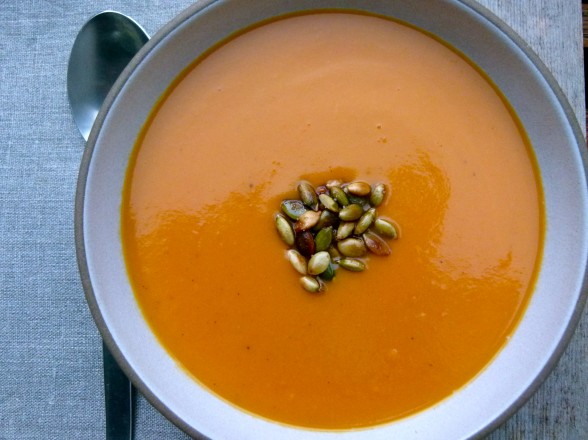
I make a lot of soups and stews for the family, especially from September through May. I know many of you have been freezing your buns off on the East Coast and Midwest lately and are likely craving a bowl of steamy, thick, rich soup to warm your body and soul. I love all types of soups from brothy to substantial and hearty, but I always try to keep them nutritious and clean. Fortunately, I have learned a few tricks for making soups and stews richer or creamier without using the old-fashioned techniques of a roux, heavy cream, flour or cornstarch. Actually, my mom taught me to thicken my stews by mashing softened butter with equal parts all-purpose flour and stir that in the pot towards the end of cooking which works just fine, but these days many people are dairy and/or gluten-intolerant or looking to save a few calories wherever possible without sacrificing flavor and nutrition. Why add unnecessary fat, non-nutritive calories, and/or hard-to-digest ingredients if you can achieve the same result more naturally?
Here are my favorite tricks for thickening soups and stews:
pureeing cooked vegetables and stock — this is the method I use most often. I like to take a cup of vegetables and stock (leave any pieces of animal protein in the pot) from the cooked soup and blend them in a blender or mini food processor and then add it back to the pot.
white beans — cooked Cannellini or Great Northern beans have a bland, neutral flavor and fantastic creaminess when they are pureed. Take a can of beans with a cup of hot stock from the soup and blend together until smooth, then add back to pot. Or cook beans with soup and puree the entire soup, beans included. Beans add great fiber and protein, as well! I love this recipe for Potato and White Bean Soup and this post for how to cook your beans from scratch. Otherwise, Eden is my favorite BPA-free, organic brand.
Yukon Gold potatoes — potatoes add a lovely richness and neutral flavor to soups, especially if you can puree some or all of them. Use same technique above, either cook potatoes separately, puree with hot stock and add to the soup or cook potatoes with the soup and puree in the pot. The Yukon Gold variety has a nice buttery flavor and you get the benefits of a whole food. Check out Potato and White Bean Soup, as well as Cauliflower and Roasted Garlic Soup.
rolled oats — sounds weird, I know. But if you plan on a pureed soup, you won’t detect any oatmeal. The rolled oats not only thicken the soup and add great fiber, but add an amazing silkiness. I use rolled oats in my Puree of Asparagus Soup which I can post this Spring. Several manufacturers sell gluten-free rolled oats, such as Bob’s Red Mill
coconut milk instead of cream — okay, you won’t be saving many calories using coconut milk, but I am a huge fan of unrefined coconut products and their myriad health benefits. And generally speaking unrefined coconut products are easier to digest than pasteurized cow dairy. I love coconut milk in my Sweet Potato Soup, Chicken Tikka Masala, Thai Coconut Chicken Soup (to be posted soon!), as well as any soups with winter squash. It’s so smooth and rich with a subtle sweetness and it won’t make your soup taste like a piña colada — promise! My favorite brand is Native Forest which supposedly doesn’t contain BPA in their can liners.
ground nuts, like almonds or cashews — I’ve seen this in some Spanish or North African soups. The nuts add some high quality protein, as well. I use cashew butter or ground cashews in my Chicken and Vegetable Curry.
immersion blender — sure you can puree with a standard blender, but you have to do it in batches and veeerrrry carefully so that you don’t create a heat explosion. Then you need to pour the puree into another container and puree what’s left in the pot. Too much work for me and I don’t love the extra dishwashing involved. Stick an immersion blender directly in the pot and puree as much or as little as you like. Rinse the immersion blender in the sink and put it away. I have the Breville immersion blender which I love, but some of my students bought the Cusinart which they think is great.
What are your tried and true methods of thickening soups?


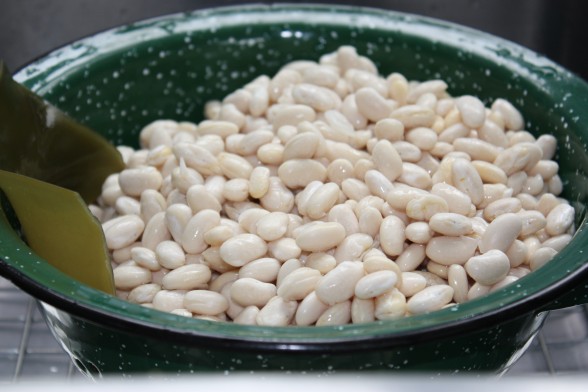
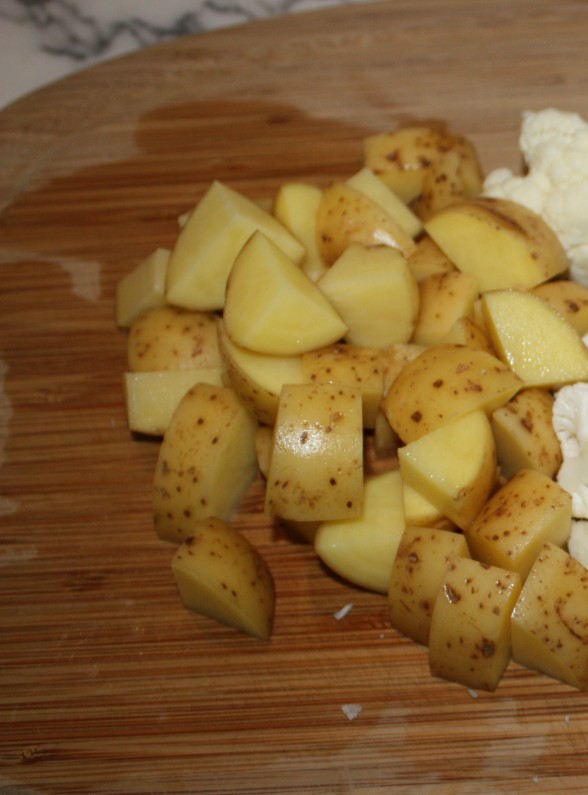
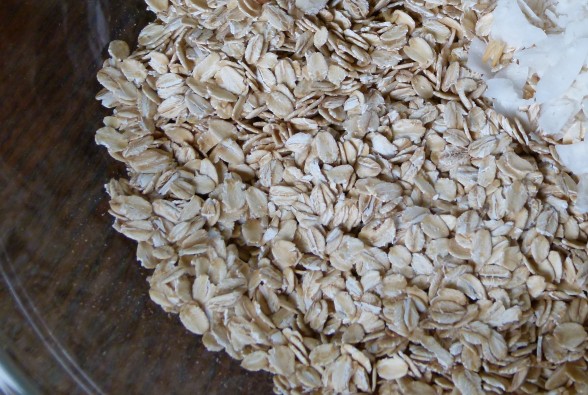
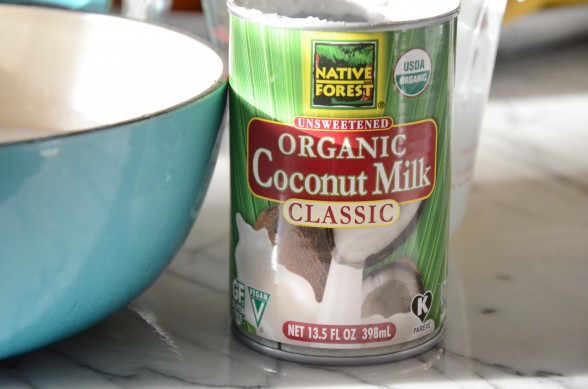
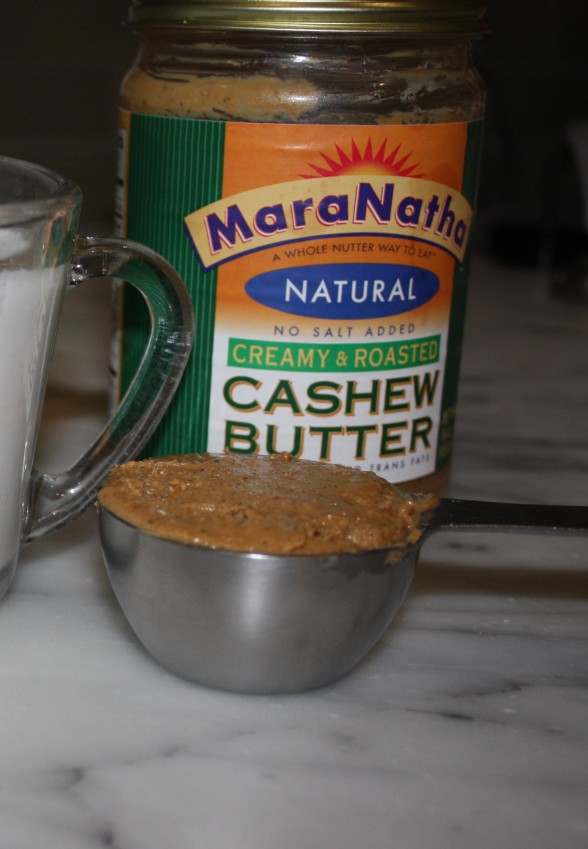
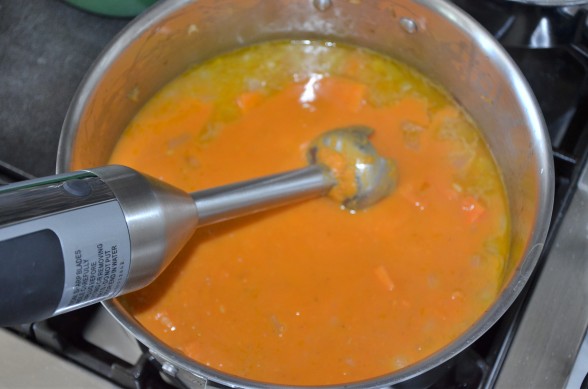

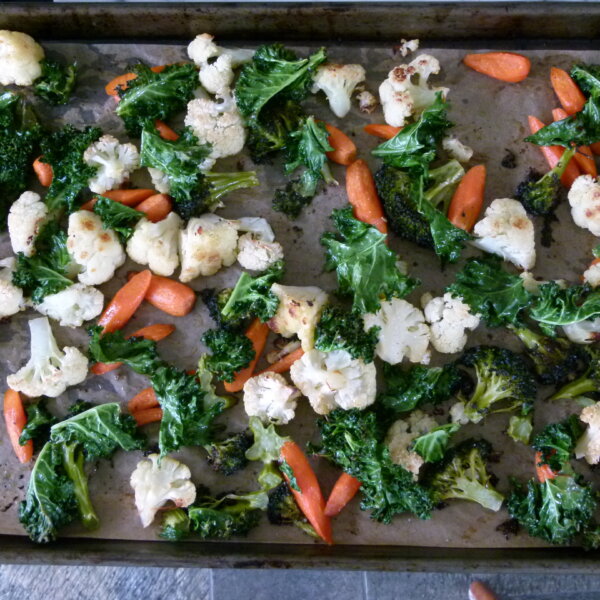

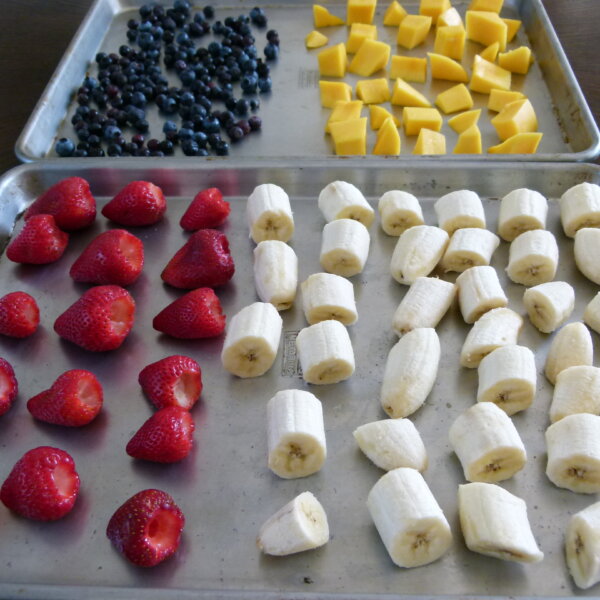





Hi I became type two diabetic 14 months ago, are all these are all these recipes diabetic friendly and is coconut milk tinned better than milk for me Kind regards chris
Two ways. Method 1: Crushed saltine crackers – but they take some time. Method 2: Instsnt mashed potatoes.
Very old school!
If my recipe for cream of mushroom soup calls for 8 Tbs of flour, how much boiled and pure´d
potato do I use?
Hmmm….I would only be making a guess, but I would try 1 pound of peeled cubed potatoes to cook with the soup and then puree.
Arrowroot. If you buy it from a reliable supplier, so it is pure arrowroot, it is gluten free. You add it towards the very end, so it does not get damaged by the heat. First, you make a slurry of equal parts cold water and arrowroot, and then stir it into your stew or soup. It is actually more flavor neutral than cornstarch, and no GMO wrinkle to it.
Great suggestion!
I had some lamb stock that was making a soup and I added tomatoes, potatoes and butternut squash puree for richness. Yum
Sounds amazing!
Just got a vitamix and all the soup recipes call for heavy cream. Can’t wait to try potato, beans and oatmeal for thickening instead.
Great! Sometimes full-fat coconut milk makes a good substitution if the flavor is complementary, just FYI!
what about cashew cream? A great alternative that I use often!
Yes, cashew cream is awesome! Good point!
This is a great post on thickening soups Pamela. I also sometimes use egg yolks – beating them first with a ladle of not-too-hot soup, then returning it to the pot on low. I also wanted to comment on butter calories in Rose’s comment. Butter is primarily short and medium chain fats, which do not store readily as fat, and are actually a source of quick energy. Butter is also rich in CLA, a fatty acid that burns fat and protects against breast cancer, plus it is loaded with thyroid-stimulating nutrients including iodine and vitamin A. Obesity tripped in the U.S. during the very same period as our butter intake went from 18 lbs/person/year to 4!
Thank you for your wonderful comment, Linda! I agree with you and may I also add that the benefits of butter are really gained from organic butter from grass-fed cows. I don’t believe butter from confined cattle produce the same concentrated CLA. Love your blog, BTW! I’ve been a subscriber from the beginning :).
Hi Pamela, thanks for the great tips! I’m looking for a way to cut down the calories in my french onion soup, most of them originating from the 1/2 c. of butter and the red wine. Any ideas?
Hard to find a great sub for the red wine unless you just reduce it a little. Is the butter just for sauteeing the onions? If so, cut back to 2 tablespoons and it will still be delicious!
You gave me inspiration Friday and today I made soup
Best
Lynn
Lovely!